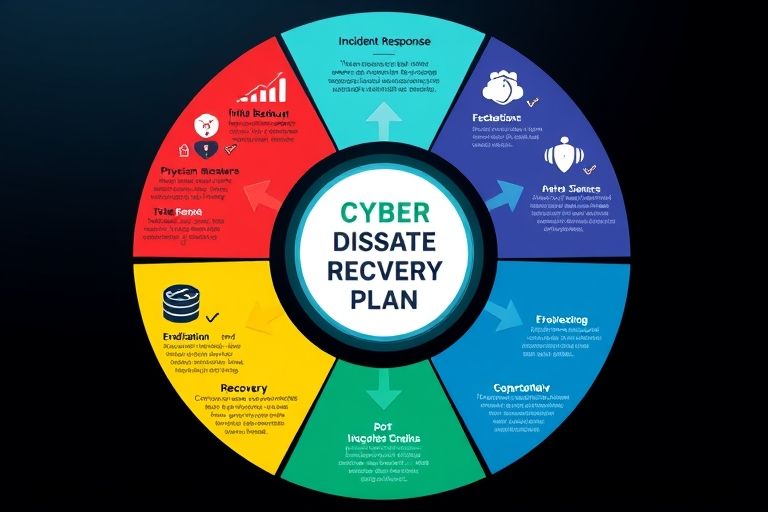Cybersecurity Disaster Recovery Plan: What You Need to Know
Introduction
In today's digital age, cybersecurity threats are becoming more and more common. It is crucial for businesses to have a well-designed disaster recovery plan that can help them recover from cyber attacks. In this article, we will discuss the five essential elements of a cybersecurity disaster recovery plan.
1. Risk Assessment
The first step in creating a cybersecurity disaster recovery plan is to assess the risks. This involves identifying potential threats and vulnerabilities that could impact your business. For example, malware, phishing, or ransomware attacks can cause data breaches and disrupt your operations.
To perform a risk assessment, you can use tools like vulnerability scanners, penetration testing, and security audits. Based on your findings, you can then prioritize the risks and develop a plan to mitigate them.
2. Backup and Recovery
Backup and recovery are critical components of any disaster recovery plan. It involves creating regular backups of your data and systems, so you can quickly restore them in case of an attack.
Your backup strategy should include both onsite and offsite backups. Onsite backups can help you quickly recover from minor incidents, while offsite backups can protect your data from disasters like fires, floods, or earthquakes.
3. Incident Response Plan
An incident response plan outlines the steps your organization should take in case of a cyber attack. It should include procedures for detecting, containing, and mitigating the attack.
Your incident response plan should also define roles and responsibilities for your employees and stakeholders. It should be regularly tested and updated to ensure that it is effective.
4. Communication Plan
A communication plan is essential to ensure that all stakeholders are informed and updated during a cybersecurity incident. It should include contact information for key personnel, stakeholders, and vendors.
Your communication plan should also define the channels of communication and the frequency of updates. This can help you minimize confusion and prevent misinformation from spreading.
5. Training and Awareness
Training and awareness are crucial for preventing cyber attacks. Your employees should be trained on best practices for cybersecurity, such as identifying phishing emails, creating strong passwords, and avoiding public Wi-Fi networks.
Regular training can help your employees stay up-to-date on the latest threats and mitigation strategies. It can also help them understand their role in preventing attacks and responding to incidents.
Conclusion
In conclusion, a cybersecurity disaster recovery plan is critical for any business that wants to protect its data and operations. By following the five essential elements outlined in this article, you can create a robust plan that can help you recover from cyber attacks quickly. Remember to regularly test and update your plan to ensure that it remains effective in the face of evolving threats.
